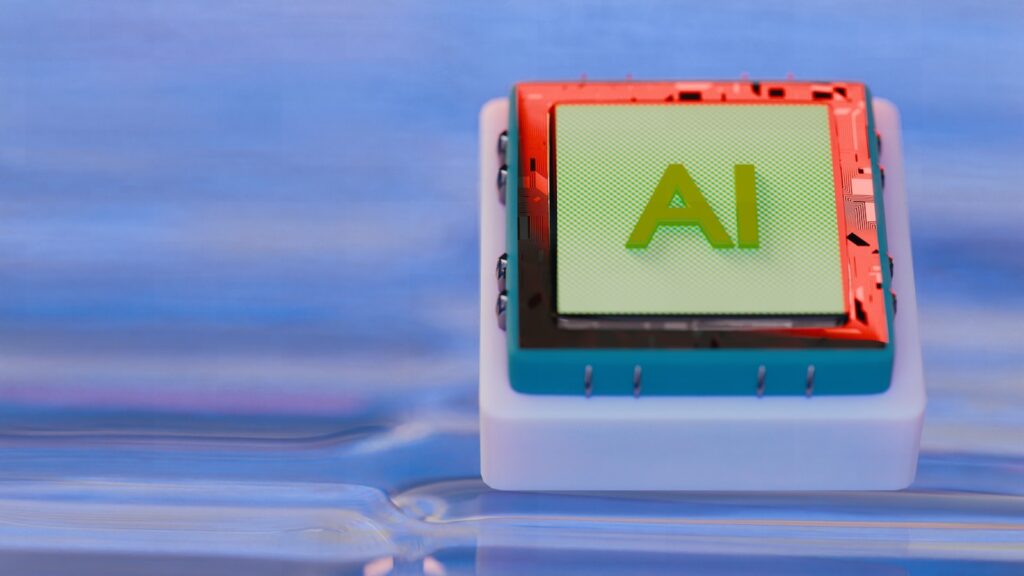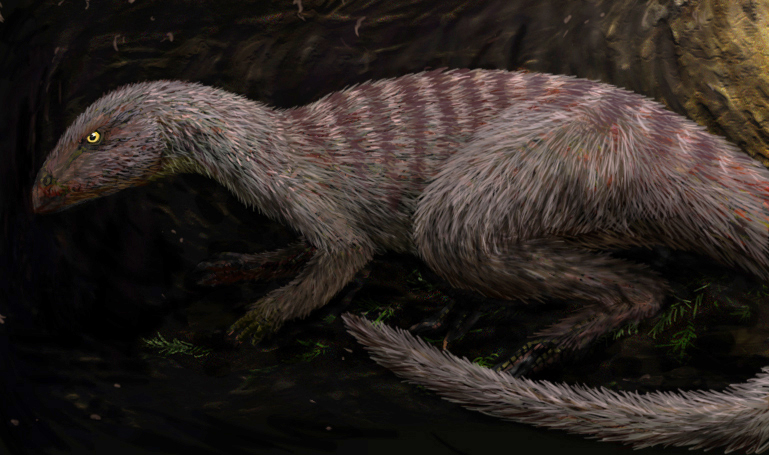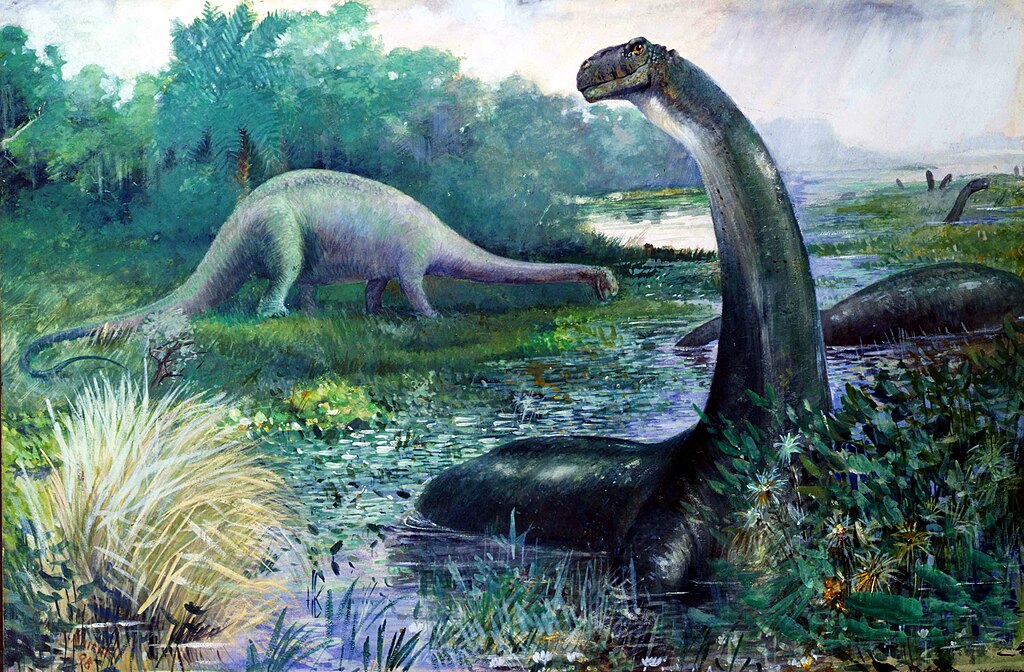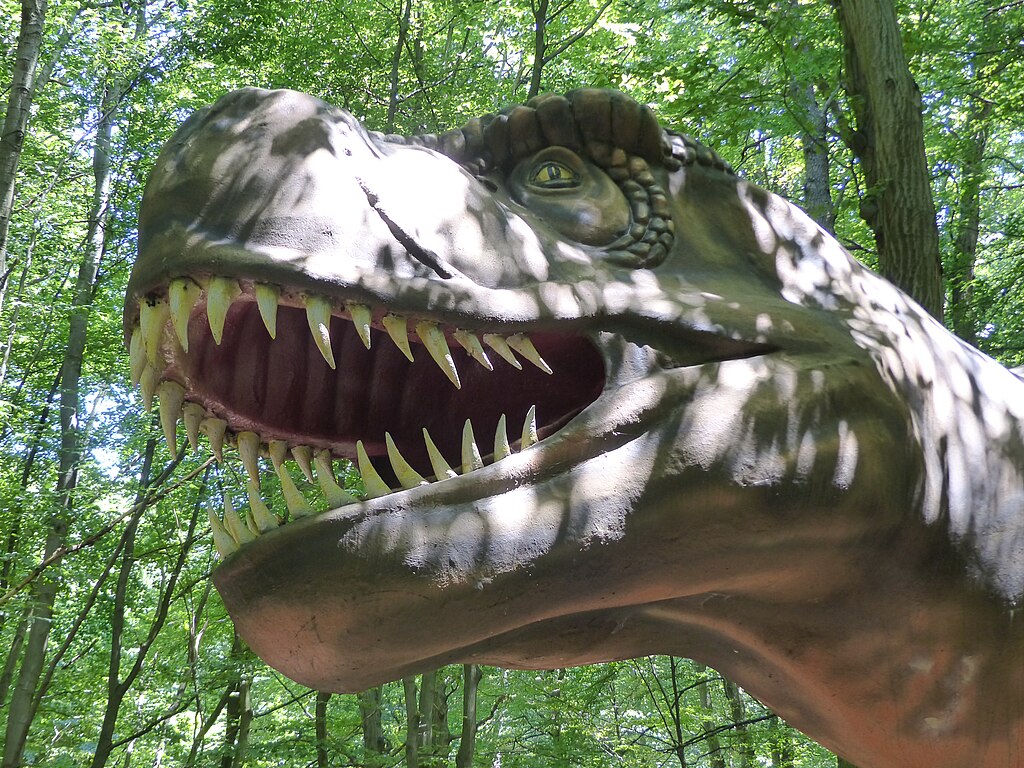Paleontology has undergone a revolutionary transformation in recent decades, with artificial intelligence emerging as a powerful tool in the quest to understand prehistoric life. While traditional fossil analysis remains fundamental, AI technologies now offer unprecedented capabilities to reconstruct dinosaur anatomy with greater precision and scientific confidence than ever before. From analyzing fragmentary remains to modeling complete skeletal structures and even predicting soft tissue arrangements, machine learning algorithms are helping scientists bridge gaps in our knowledge of these fascinating creatures. This intersection of cutting-edge technology and ancient life is not only advancing scientific understanding but also transforming how museums and educational institutions present dinosaurs to the public.
The Traditional Challenges of Dinosaur Reconstruction
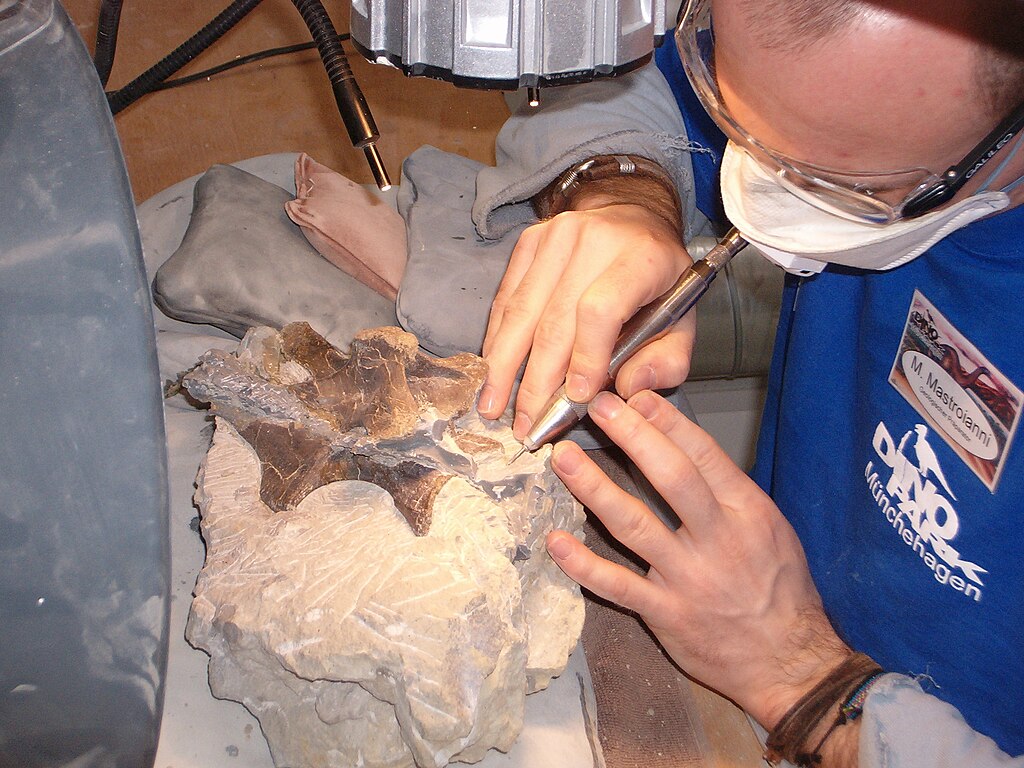
Paleontologists have historically faced numerous obstacles when attempting to reconstruct dinosaur anatomy from fossil evidence. The fossil record is inherently incomplete, with many species known only from partial skeletons or even isolated bones. This fragmentary nature creates significant uncertainty in determining accurate body proportions, posture, and overall appearance. Additionally, the fossilization process itself introduces biases, as certain bones preserve better than others, and soft tissues rarely survive at all. Time and geological processes further complicate matters, as fossils often undergo distortion, compression, or breakage over millions of years. Prior to computational methods, scientists relied heavily on comparative anatomy with living relatives and artistic interpretation, leading to reconstructions that sometimes reflected contemporary assumptions more than biological reality.
How AI Algorithms Process Fossil Data

Modern AI systems employ sophisticated algorithms to analyze fossil data in ways impossible for human researchers alone. Deep learning networks can process three-dimensional scans of fossils, identifying minute details and patterns that might escape even experienced paleontologists. These systems compare new findings against vast databases of known specimens, recognizing similarities and differences at a granular level. Computer vision techniques allow for automated measurement of hundreds of anatomical points simultaneously, establishing relationships between bone features across different species. Bayesian statistical models incorporated into AI systems can quantify uncertainty, providing confidence levels for different reconstruction possibilities rather than single definitive answers. Perhaps most impressively, machine learning algorithms can “learn” from existing knowledge of biomechanics and evolutionary relationships, applying these principles to predict missing elements in incomplete specimens.
3D Modeling and Virtual Reconstruction

Three-dimensional modeling powered by AI has revolutionized how scientists visualize and study dinosaur anatomy. Advanced photogrammetry and CT scanning technologies create detailed digital models of fossil specimens, which AI algorithms can then manipulate and analyze in virtual space. These models allow researchers to test hypotheses about range of motion, muscle attachment, and posture without risking damage to precious original fossils. AI-driven 3D reconstruction can automatically correct for taphonomic distortion—the physical changes that occur during fossilization—by identifying and reversing compression patterns in digital models. Virtual assembly of skeletal elements from different specimens of the same species has become increasingly automated, with algorithms suggesting optimal positioning based on joint morphology and comparative anatomy. The resulting digital models can be shared globally, enabling collaborative research across institutions and making rare specimens accessible to scientists worldwide.
Predicting Soft Tissue Structures

One of the most significant contributions of AI to dinosaur paleontology has been in the realm of soft tissue prediction. Machine learning algorithms analyze the relationship between bones and soft tissues in modern animals to make educated predictions about extinct species. These systems identify correlations between muscle attachment sites on bones and the size, shape, and function of the corresponding muscles. Neural networks trained on extensive datasets of living reptiles and birds can predict likely arrangements of tendons, ligaments, and cartilage in their dinosaurian relatives. AI models incorporate biomechanical principles to ensure physiologically plausible reconstructions, rejecting arrangements that would be functionally impossible. Some cutting-edge systems even model internal organs based on skeletal indicators and phylogenetic relationships, though such reconstructions necessarily involve higher degrees of speculation. The integration of these approaches has allowed for more comprehensive body reconstructions than were previously possible using traditional methods alone.
Comparative Analysis Across Species

Artificial intelligence excels at identifying patterns across large datasets, making it invaluable for comparative studies of dinosaur anatomy. Machine learning algorithms can systematically compare anatomical features across hundreds of species simultaneously, identifying evolutionary trends and relationships that might not be immediately apparent to human researchers. These systems can quantify subtle morphological differences between closely related species, helping to resolve taxonomic disputes and clarify evolutionary relationships. AI-powered analyses have revealed convergent evolution in unrelated dinosaur lineages, where similar environmental pressures led to comparable anatomical solutions despite different ancestries. Temporal pattern recognition allows researchers to track anatomical changes over millions of years, providing insights into how dinosaur body plans evolved in response to changing environments and ecological pressures. By analyzing vast amounts of morphometric data, AI helps scientists distinguish between features that represent individual variation and those that indicate distinct species.
Biomechanical Analysis and Movement Simulation
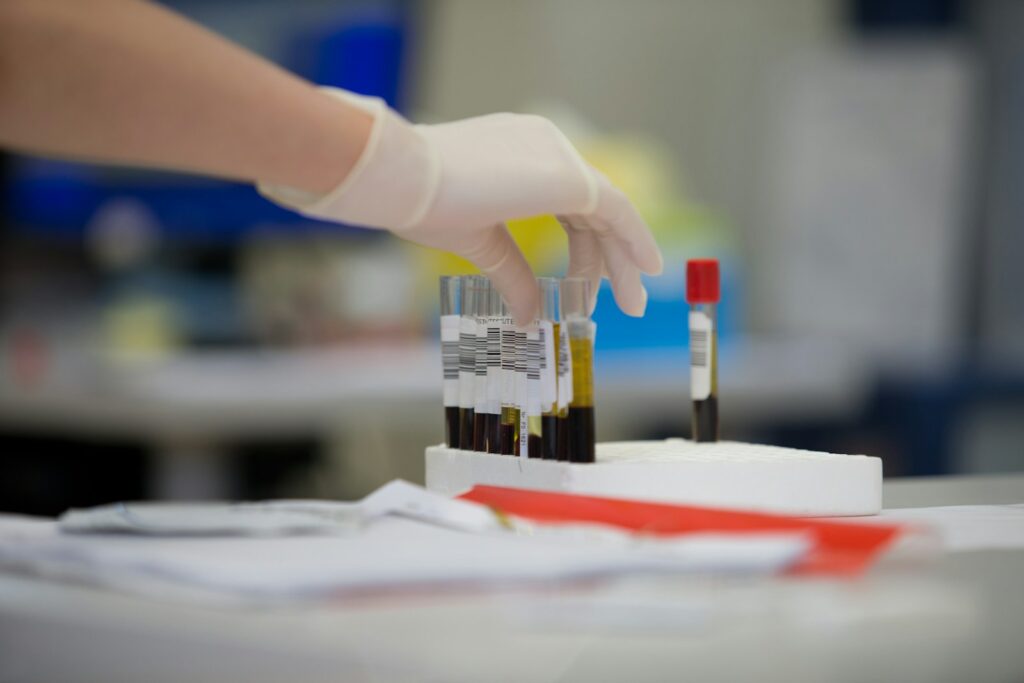
Understanding how dinosaurs moved represents one of paleontology’s greatest challenges, and AI has dramatically advanced this field through sophisticated biomechanical modeling. Machine learning algorithms integrate bone structure, joint morphology, and muscle reconstruction to create physics-based simulations of dinosaur movement. These models calculate weight distribution, center of gravity, and potential muscle force to determine plausible gaits and speeds for different species. AI systems can test thousands of possible movement patterns, identifying those that would be most energy-efficient given the anatomical constraints of each dinosaur. Stress analysis simulations reveal how dinosaur skeletons would have responded to different movements, helping to rule out biomechanically impossible behaviors. Some advanced models incorporate data from footprints and trackways, comparing simulated movements with actual preserved evidence of dinosaur locomotion. These biomechanical reconstructions have revolutionized our understanding of iconic dinosaurs, sometimes challenging long-held assumptions about how these animals moved and behaved.
Growth and Development Modeling
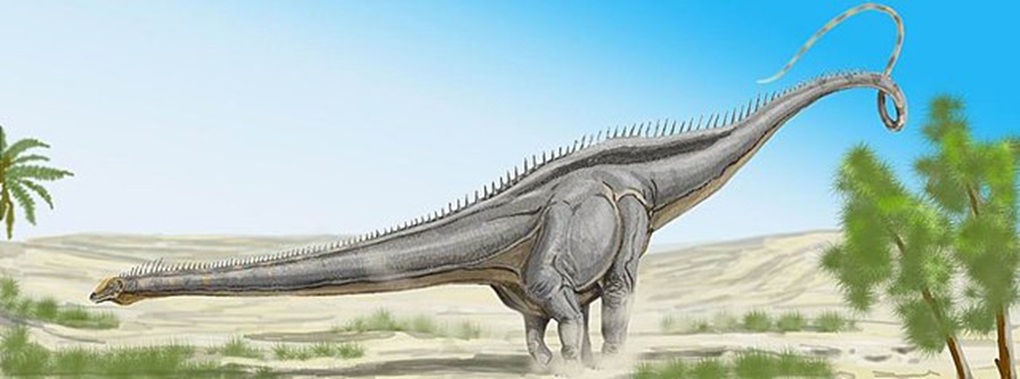
Artificial intelligence has opened new windows into understanding how dinosaurs changed throughout their lives, a field known as ontogenetic research. Machine learning algorithms can analyze growth series of fossils from the same species, identifying consistent patterns of development from juvenile to adult forms. These systems model how proportions, features, and even bone texture changed as dinosaurs matured, helping to distinguish between specimens of different ages and those of different species. AI applications have been particularly valuable in identifying previously unrecognized juvenile specimens in museum collections, where immature individuals were sometimes mistakenly classified as separate species. Computational growth models predict intermediate developmental stages even when fossils of those particular age groups haven’t been discovered. These ontogenetic insights have significant implications for understanding dinosaur biology, including growth rates, sexual dimorphism, and reproductive strategies, all of which influence anatomical reconstructions.
Resolving Taxonomic Uncertainties

The classification of dinosaur species has traditionally been contentious, with experts often disagreeing about whether particular specimens represent new species or variations within known ones. AI brings unprecedented objectivity to this debate through quantitative analysis of morphological features. Machine learning algorithms can process hundreds of anatomical measurements simultaneously, identifying statistically significant patterns that distinguish between genuine taxonomic differences and normal variation within species. These systems compare new specimens against established taxonomic groups, calculating probability scores for different classification possibilities. AI analysis has helped resolve numerous “split-or-lump” debates in dinosaur paleontology, sometimes confirming that supposedly different species were actually the same animal at different growth stages. In other cases, AI has revealed that seemingly minor anatomical differences actually represent significant evolutionary divergences worthy of separate classification. This more rigorous approach to taxonomy ensures that anatomical reconstructions are based on accurately identified specimens.
AI in Paleoart and Visual Reconstruction
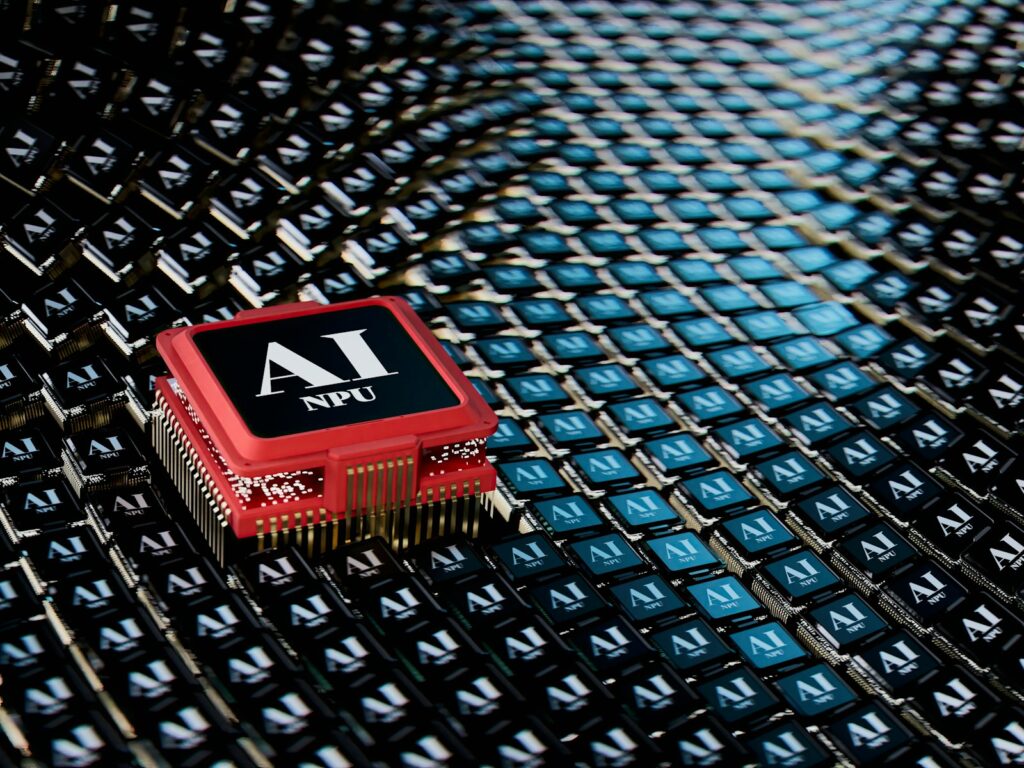
The visual depiction of dinosaurs has been transformed by AI technologies that bridge scientific accuracy and artistic interpretation. Generative adversarial networks (GANs) can now produce highly detailed dinosaur reconstructions based on skeletal data and tissue prediction models, creating images that adhere to anatomical constraints while filling in speculative elements. These systems can generate multiple plausible variations of the same species, acknowledging the uncertainties inherent in reconstruction while maintaining scientific plausibility. AI tools assist paleoartists by suggesting anatomically correct body proportions, muscle placement, and postures based on comparative data from related species. Some advanced applications can even predict likely skin textures and coloration patterns based on environmental context and phylogenetic relationships with modern animals. Museums and educational institutions increasingly employ AI-generated reconstructions in exhibits and publications, offering visitors more scientifically informed visualizations of prehistoric life.
Challenges and Limitations of AI Applications
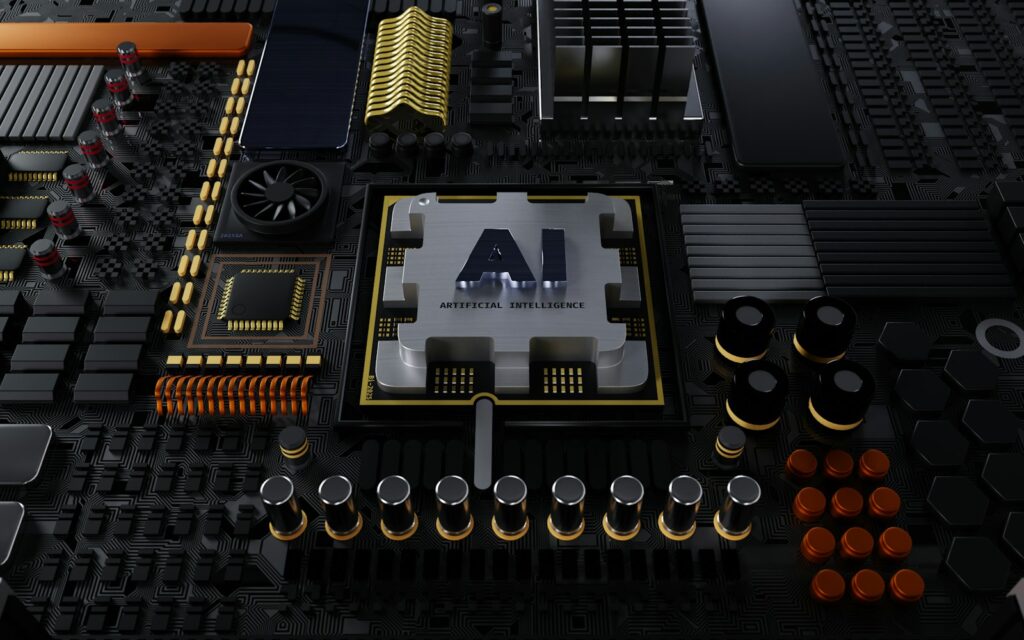
Despite its remarkable capabilities, AI faces significant constraints in paleontological reconstruction that must be acknowledged. All AI systems ultimately depend on the quality and quantity of input data, meaning rare or poorly preserved dinosaur species remain difficult to reconstruct with confidence. Machine learning algorithms can inadvertently perpetuate existing biases in paleontological interpretation if trained on datasets that contain outdated or incorrect assumptions. The “black box” nature of some deep learning approaches poses problems for scientific transparency, as researchers may not fully understand how the AI reached particular conclusions about anatomical reconstructions. Complex evolutionary novelties without modern analogues present special challenges, as AI struggles to predict structures that have no close parallels in the training data. Additionally, software limitations and computational demands mean that many smaller institutions lack access to the most advanced AI reconstruction tools, potentially widening disparities in paleontological research capabilities.
Case Studies: AI Redefining Iconic Dinosaurs
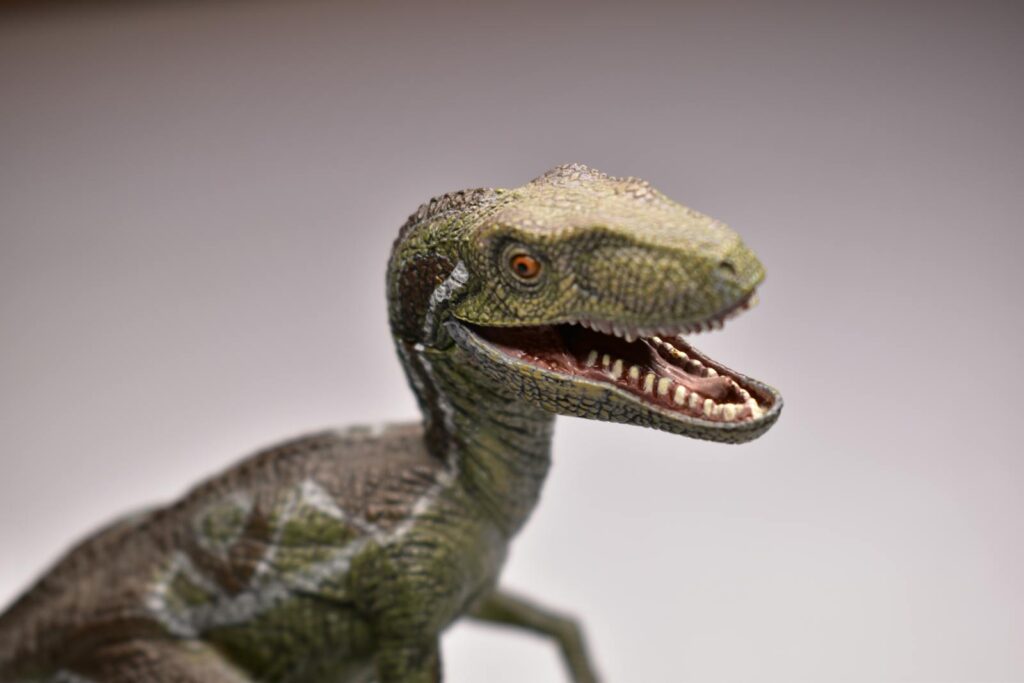
Several landmark studies demonstrate how AI has transformed our understanding of well-known dinosaur species. The traditional depiction of Tyrannosaurus rex underwent significant revision after AI-powered biomechanical analysis indicated this predator could not run at high speeds as previously thought, resulting in anatomical reconstructions with more massive leg muscles optimized for power rather than velocity. Similarly, machine learning algorithms analyzing vertebral articulation in Spinosaurus revealed this enigmatic dinosaur likely had more limited neck mobility than earlier reconstructions suggested, changing how scientists visualize its hunting behavior and overall posture. For Stegosaurus, AI-driven thermal modeling based on body mass estimates and plate arrangement helped resolve decades-old debates about the function of its distinctive plates, favoring thermoregulatory functions over defensive ones. Perhaps most dramatically, comparative AI analysis of Archaeopteryx specimens against both dinosaur and bird datasets has refined our understanding of this transitional species, resulting in new anatomical reconstructions that more accurately reflect its intermediate evolutionary position.
Future Directions in AI-Assisted Paleontology
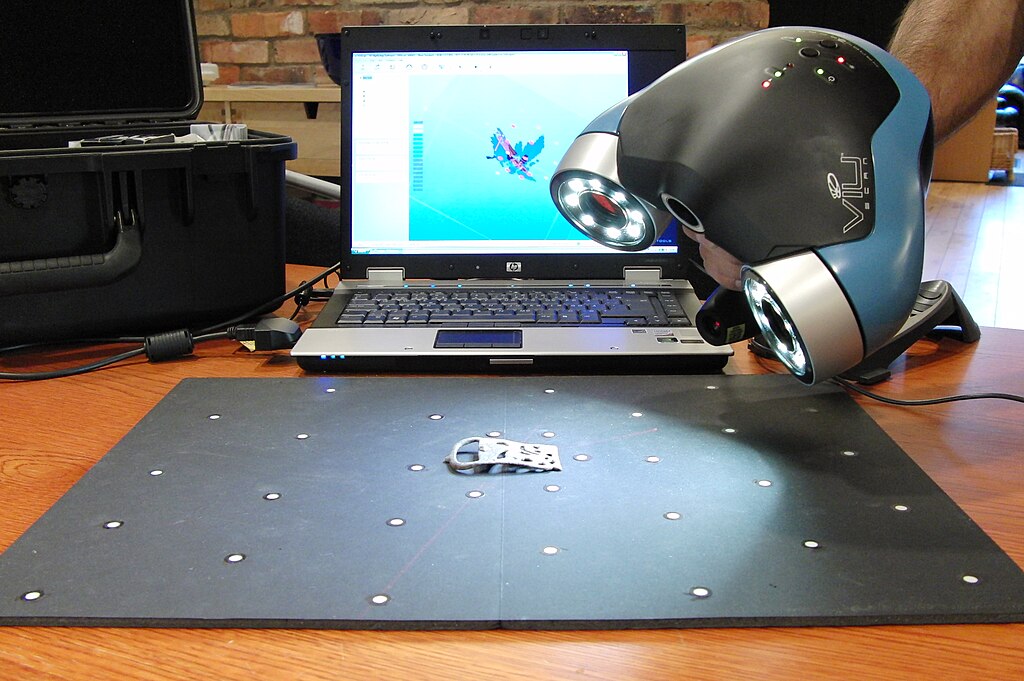
The application of artificial intelligence to dinosaur reconstruction continues to evolve rapidly, with several promising developments on the horizon. Quantum computing may soon enable even more complex simulations of dinosaur biomechanics and physiology, modeling interactions between skeletal structure, muscle systems, and environmental factors at unprecedented levels of detail. Emerging AI tools for analyzing ancient DNA fragments, though currently limited to much more recent extinct species, may eventually contribute to understanding genetic relationships between dinosaur groups if preservation technology advances. Automated fossil discovery systems using AI-powered image recognition are being developed to scan satellite imagery and identify potential dig sites, potentially increasing the fossil dataset available for anatomical research. Multi-modal AI systems that simultaneously analyze skeletal morphology, trackways, coprolites, and environmental data promise more holistic reconstructions of dinosaur anatomy in ecological context. As these technologies mature, the integration of multiple AI approaches will likely produce increasingly refined models of dinosaur anatomy, behavior, and evolutionary development.
The Ethical Dimensions of AI Reconstruction
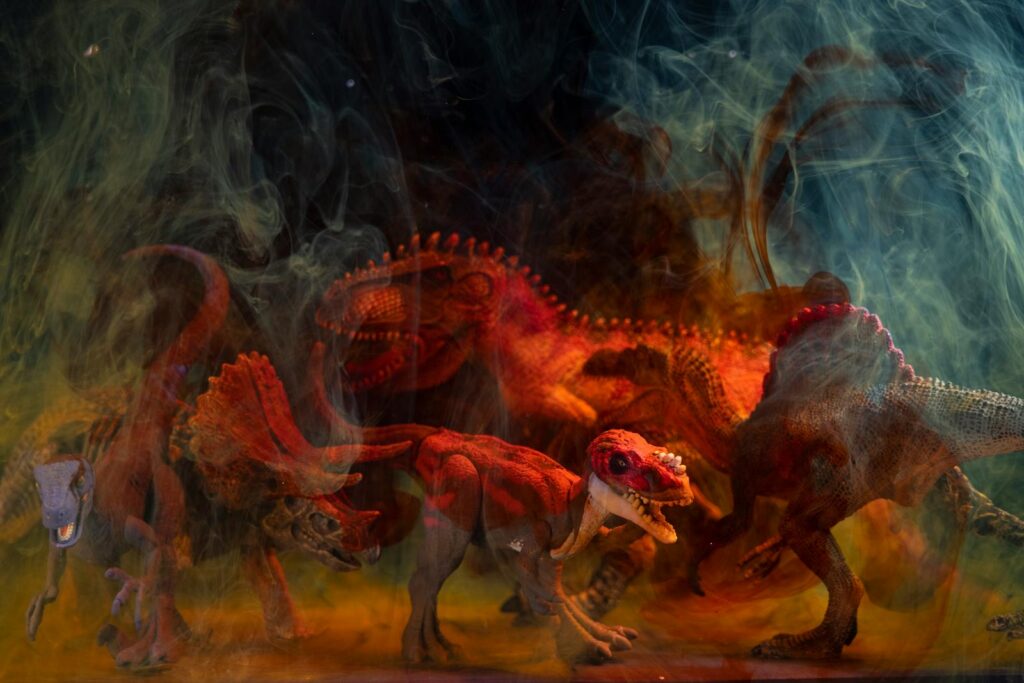
The growing influence of artificial intelligence in dinosaur paleontology raises important ethical questions about scientific interpretation and public understanding. Researchers must carefully communicate the distinction between AI-generated elements that have high confidence based on physical evidence and those that remain speculative, particularly in museum displays and educational materials. The photorealistic quality of modern AI reconstructions can create a false sense of certainty about dinosaur appearance, potentially misleading audiences about the provisional nature of paleontological knowledge. Questions of intellectual property and attribution arise when AI systems generate new anatomical interpretations based on algorithms rather than human expertise. Cultural considerations also come into play, as AI reconstructions may conflict with indigenous perspectives on fossil remains in certain regions. The scientific community continues to develop guidelines for the responsible use of AI in paleontological reconstruction, emphasizing transparency about methods, limitations, and confidence levels in public-facing presentations.
Conclusion
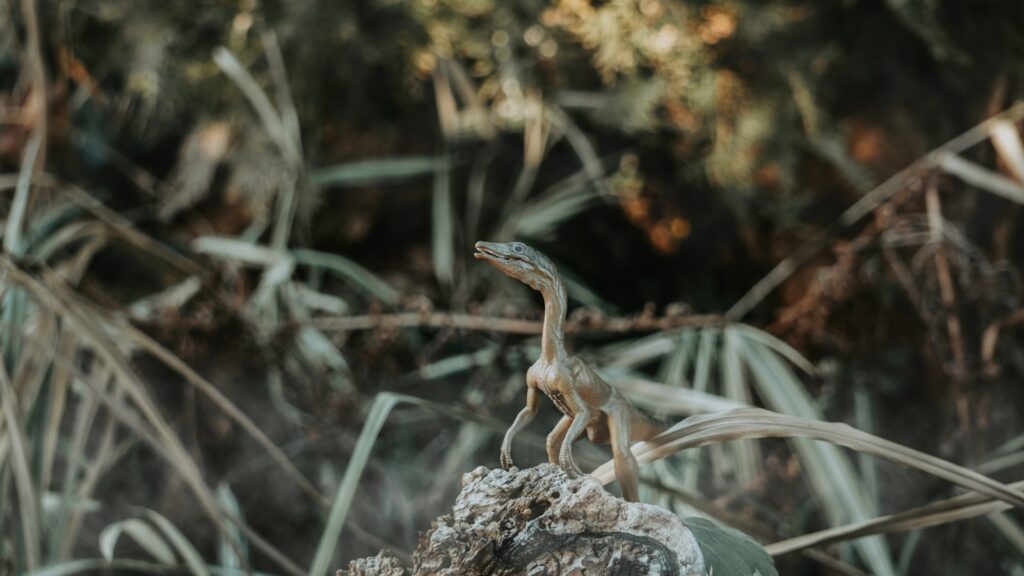
The integration of artificial intelligence into dinosaur paleontology represents one of the most significant methodological advances in the field’s history. By combining traditional fossil analysis with computational power, scientists can now create more accurate, detailed, and scientifically rigorous reconstructions of dinosaur anatomy than ever before. These AI-assisted reconstructions provide new insights into how these remarkable animals moved, grew, and functioned as living organisms. However, the technology remains a tool rather than a replacement for expert knowledge, with human paleontologists still essential for guiding analysis, interpreting results, and understanding the broader evolutionary and ecological context. As AI capabilities continue to advance, our vision of dinosaur anatomy will undoubtedly evolve, bringing us ever closer to understanding these fascinating creatures that dominated Earth for over 160 million years.

